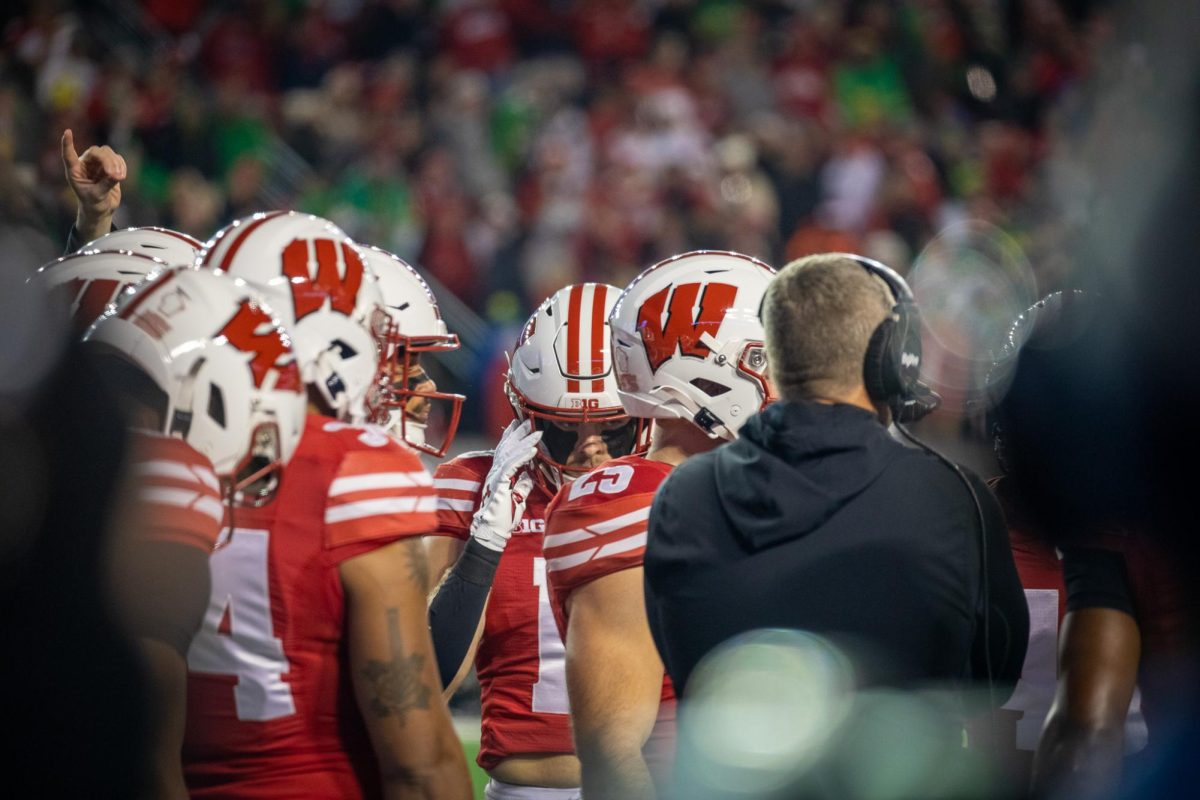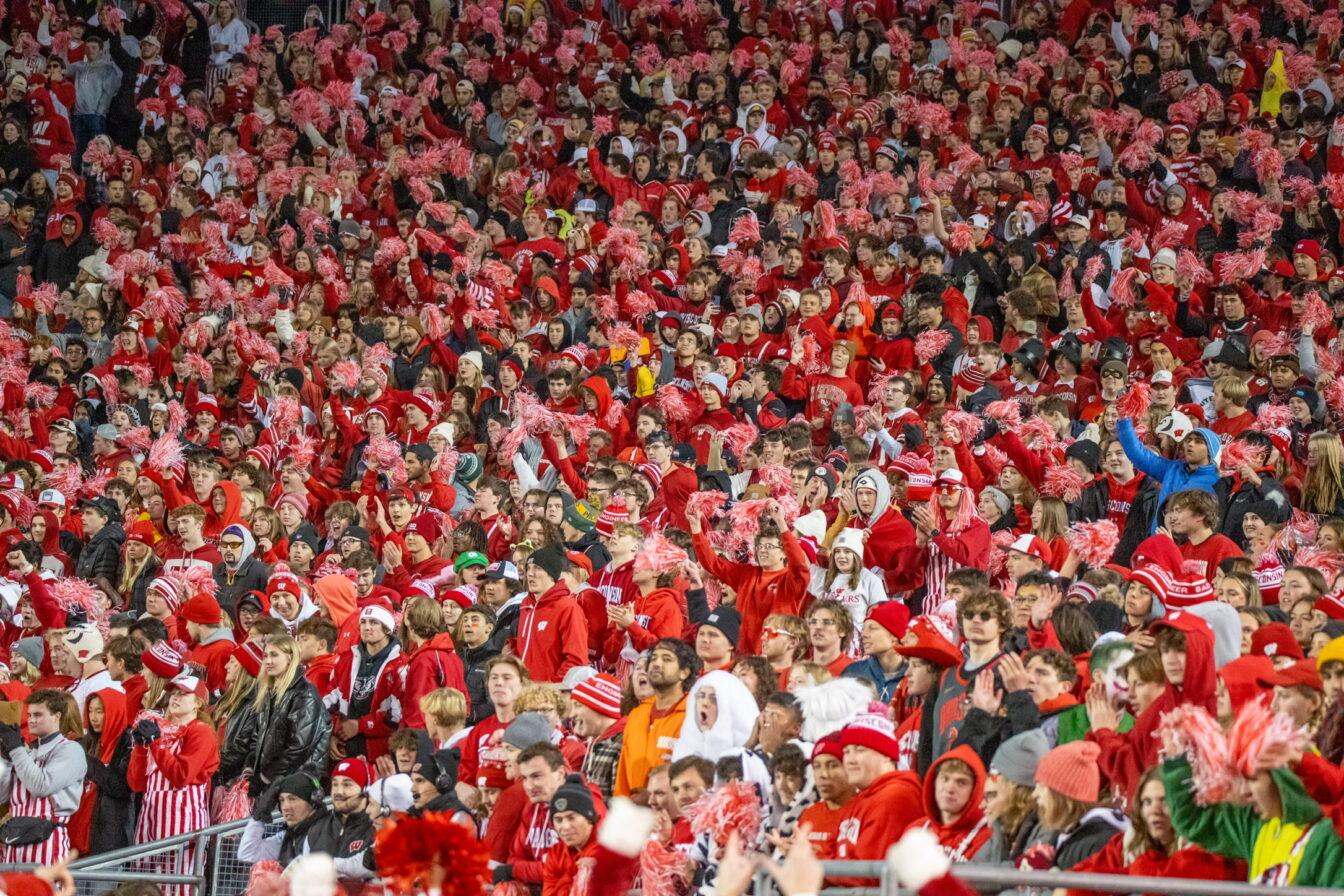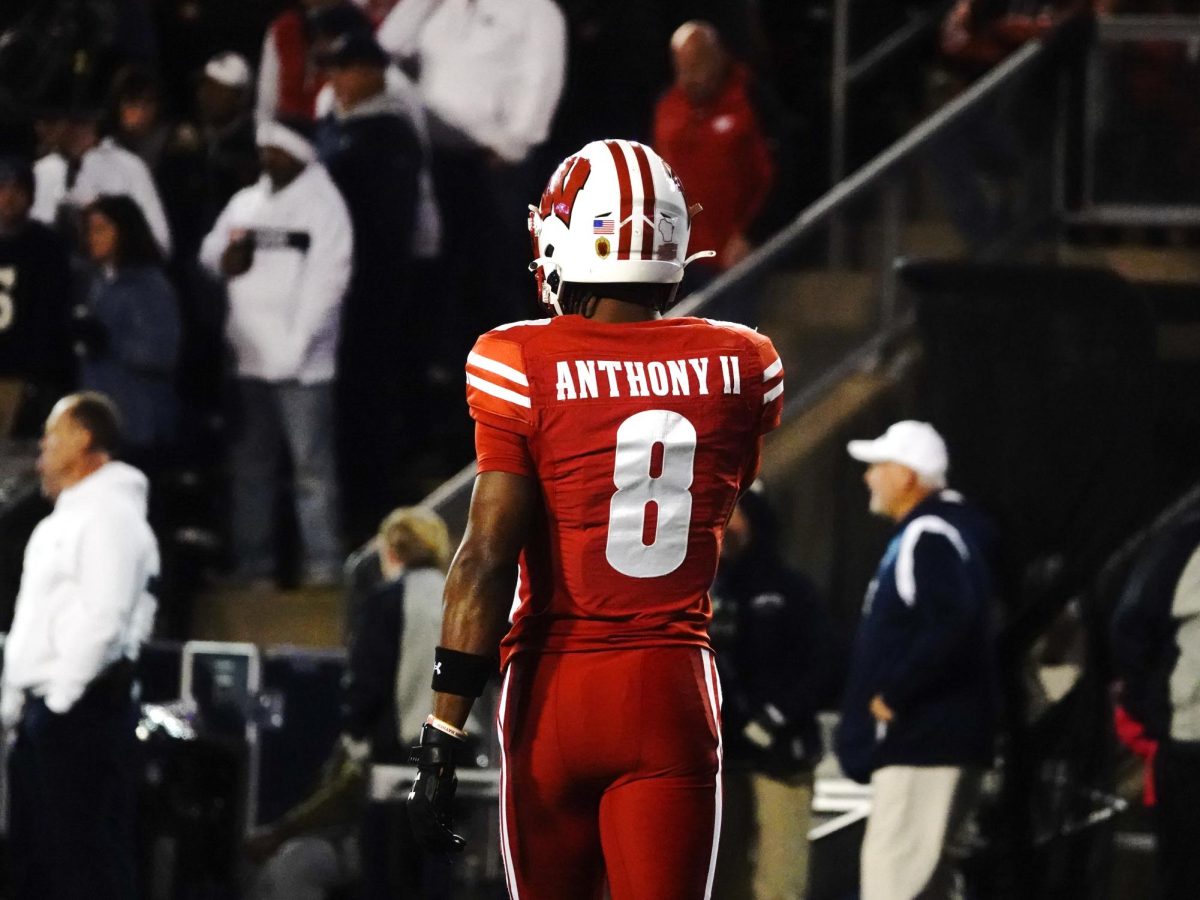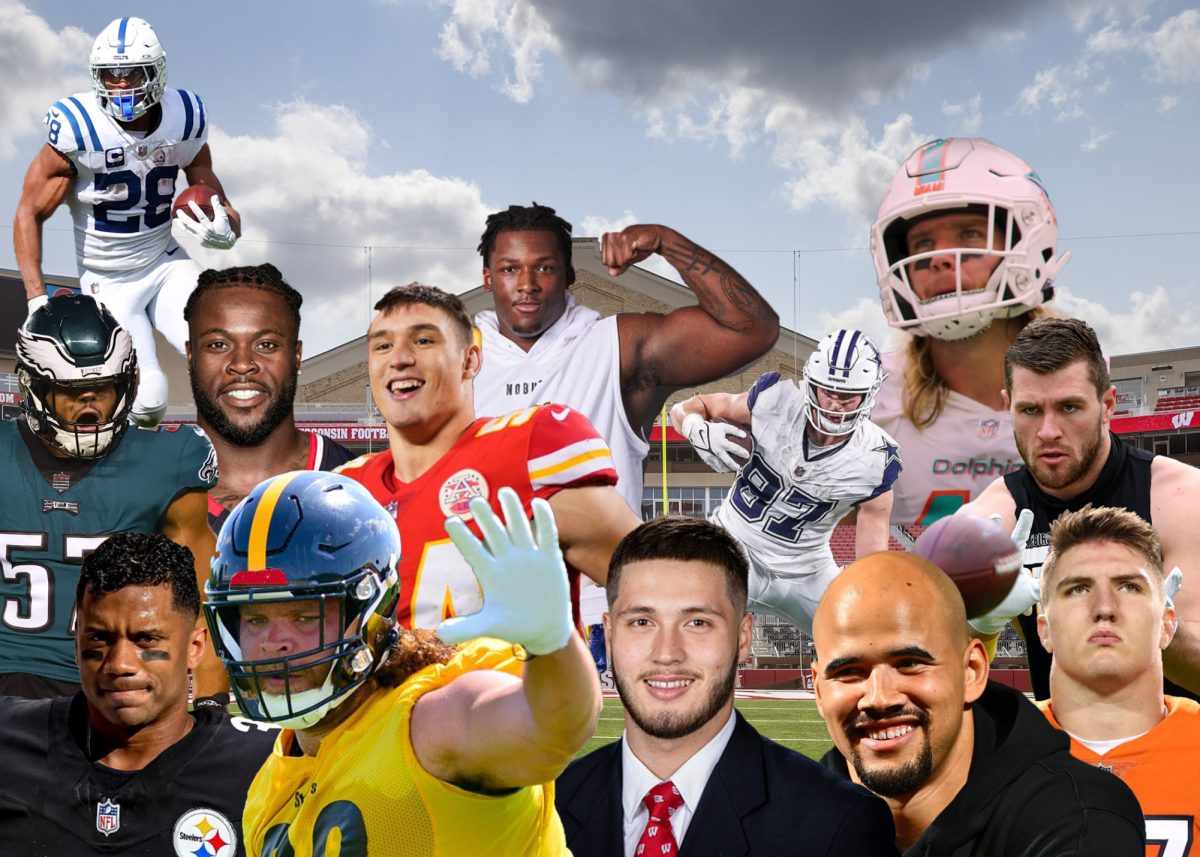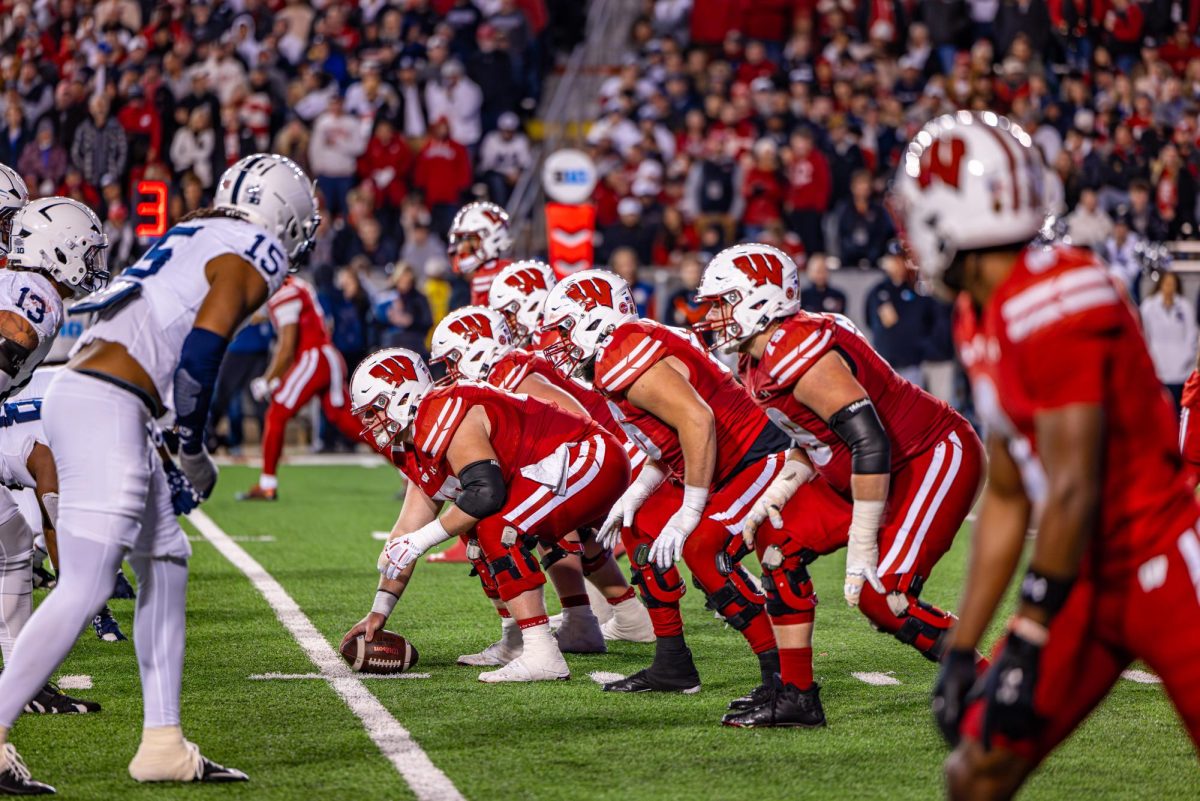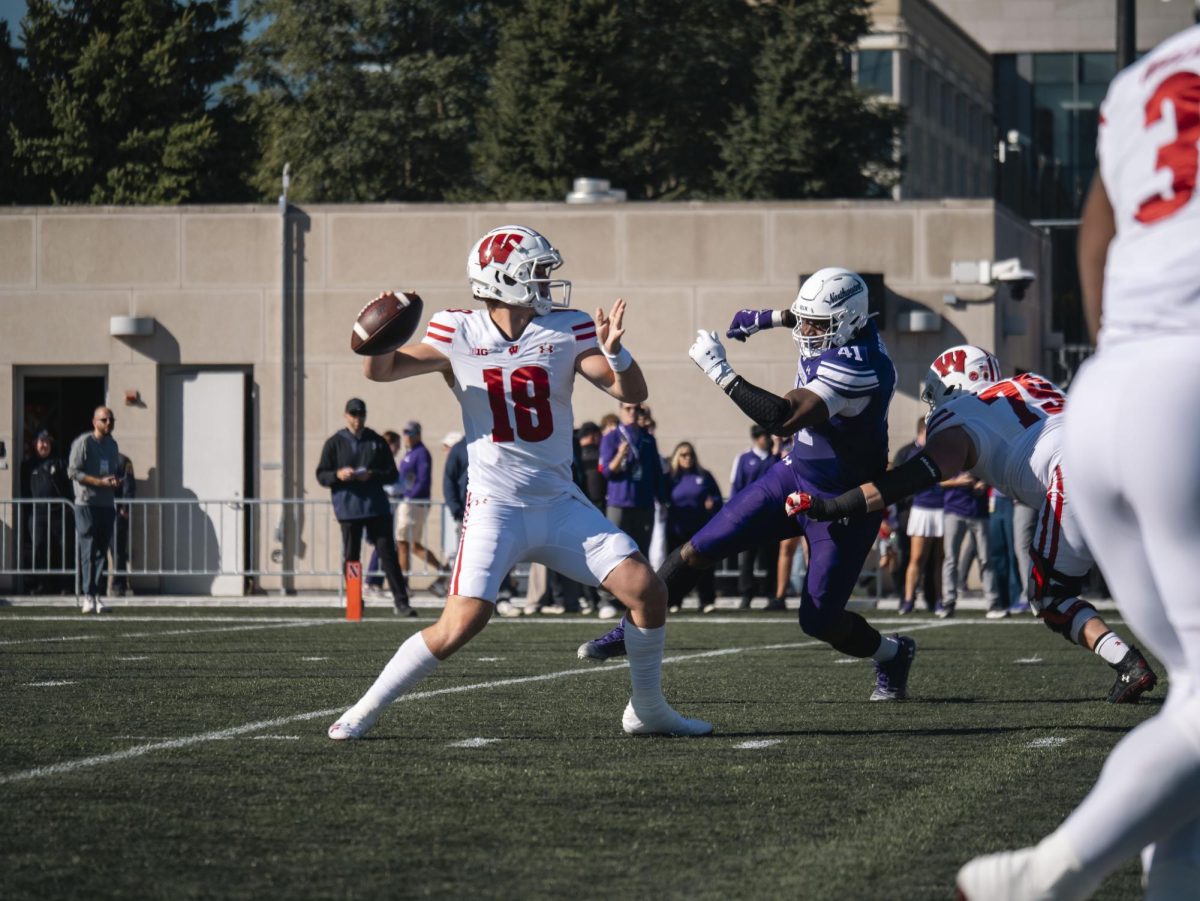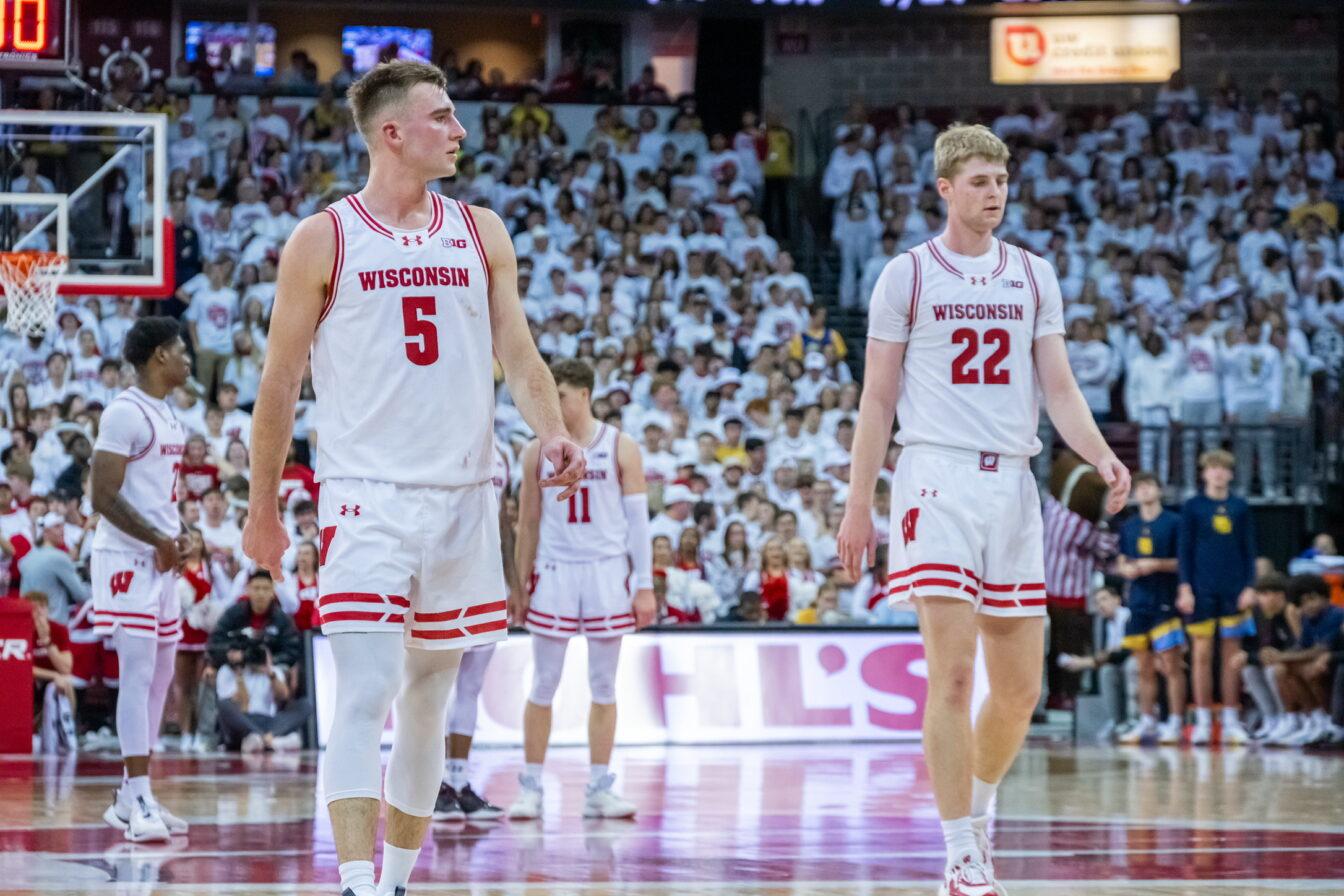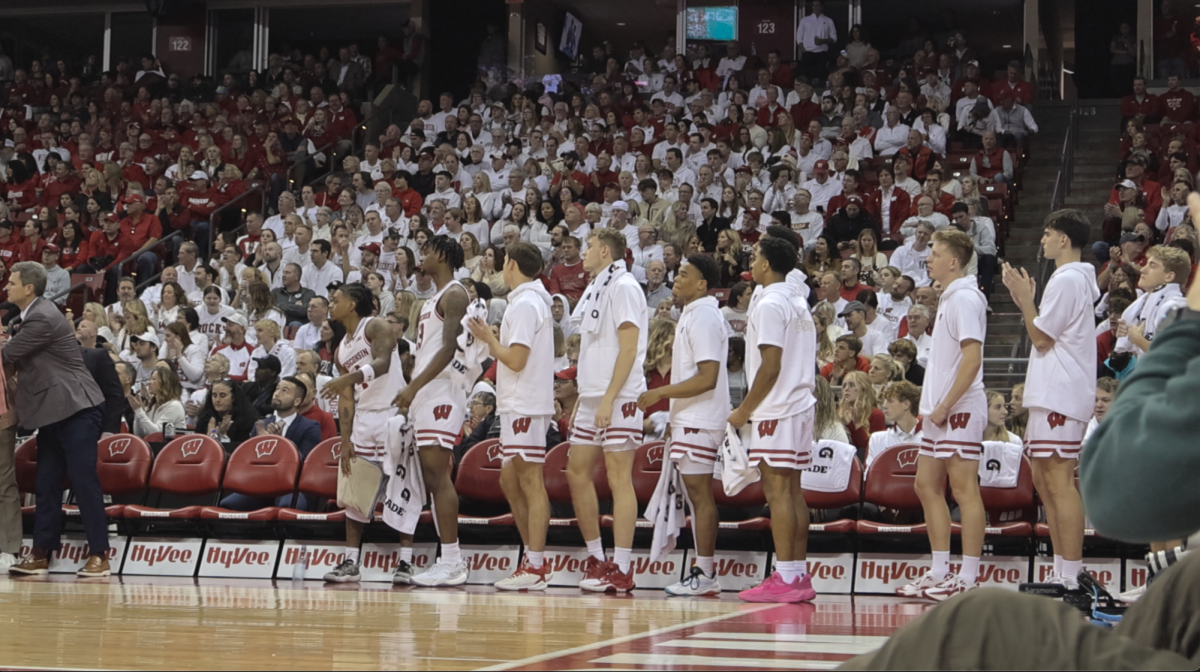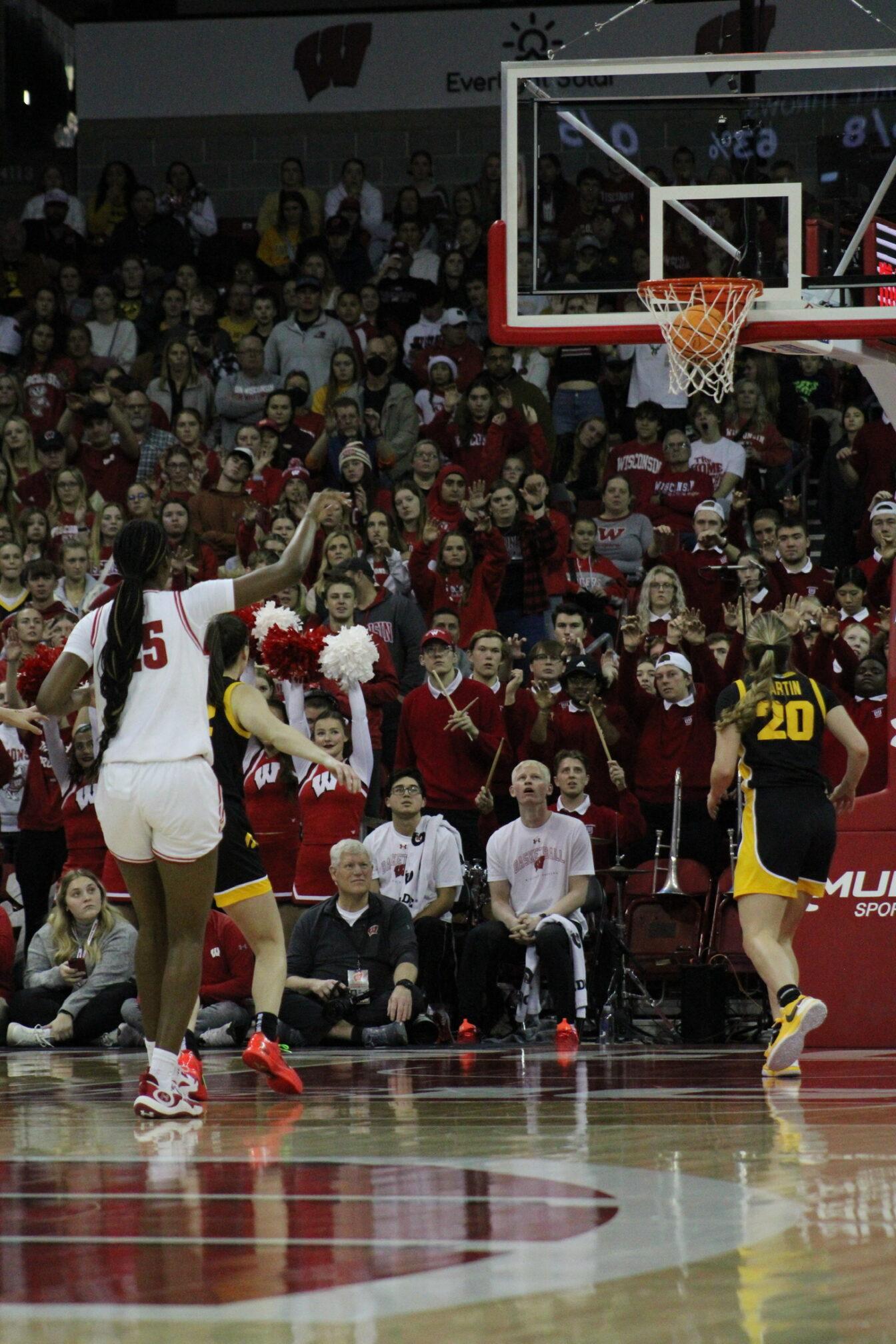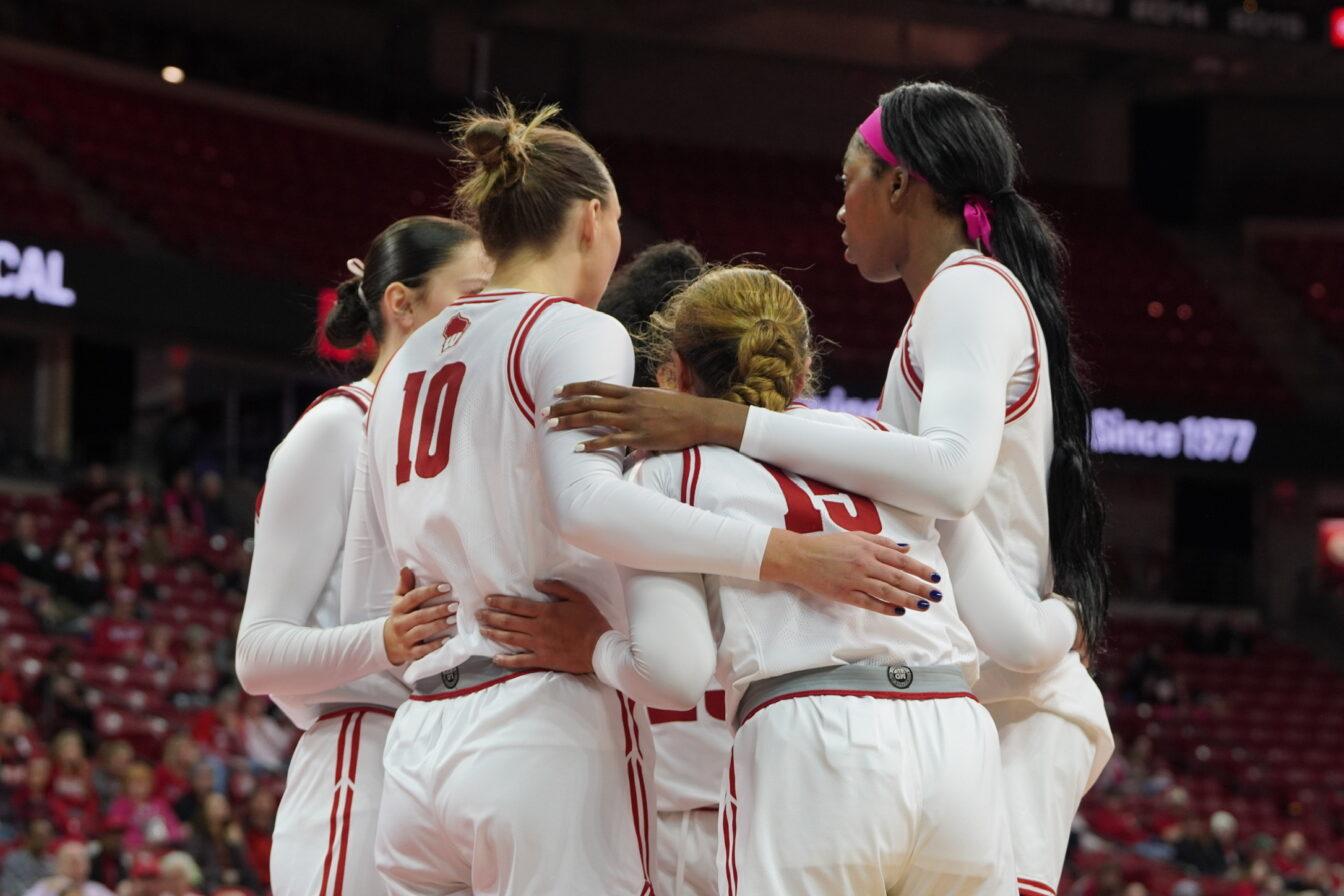[media-credit name=”Andy Fate” align=”aligncenter” width=”540″] [/media-credit]Just moments after Wisconsin beat BYU 27-17 last Saturday — in which transfer quarterback-receiver-safety Tanner McEvoy made his first career interception — Andy Baggot of the Wisconsin State Journal queried head coach Gary Andersen about McEvoy’s prospects as a quarterback, either now or in the future, at Wisconsin.
[/media-credit]Just moments after Wisconsin beat BYU 27-17 last Saturday — in which transfer quarterback-receiver-safety Tanner McEvoy made his first career interception — Andy Baggot of the Wisconsin State Journal queried head coach Gary Andersen about McEvoy’s prospects as a quarterback, either now or in the future, at Wisconsin.
It seemed like an odd question to ask, given the context. Andersen was succinct, saying he hadn’t contemplated McEvoy at the quarterback position, which felt like an obvious response. Thoughts of McEvoy playing quarterback this season were dispelled months ago when he faded in the quarterback race and started catching passes more often than throwing them.
And it wasn’t long — no more than a few weeks and a few game reps — before his stint at receiver was over following a surgery to repair a broken wrist. It would be a defining moment in McEvoy’s first season at Madison.
“He was going to miss a lot of reps because he couldn’t do anything,” safeties coach Bill Busch said. “That’s when it kind of clicked.”
McEvoy, at 6-foot-6, 223 pounds, lauded for his speed and overall athleticism, was going to be relocated to the sidelines because his broken wrist impeded his offensive effectiveness. Wisconsin’s noteworthy sophomore transfer was trending down Danny O’Brien’s path as opposed to Russell Wilson’s.
Then an idea arose where McEvoy could use his extraordinary frame on the other side of the ball as a safety.
“I mean, when you’re 6-foot-6 and can move like that, definitely people notice you,” redshirt freshman safety Nate Hammon said.
And so McEvoy found his way onto the field for Wisconsin, even if he intended to play quarterback all along. In just a few short weeks, he had a package of third down plays where he was used. Then Ohio State happened.
McEvoy’s role was expanding each week, but following a first drive where OSU quarterback Braxton Miller effortlessly escorted the Buckeyes to a 7-0 lead, largely through the air, Andersen knew McEvoy — who played safety in high school — was needed more than ever.
“We needed to get some athletes on the field. We really thought that,” Andersen said following the 31-24 loss. “To throw him in the moment was definitely risky, to say the least. That’s what we felt we needed to do.”
Wisconsin fans saw McEvoy’s No. 17 jersey — different from the No. 5 he wore as a quarterback — on the field for most of the remaining minutes in Columbus, Ohio. What they didn’t see was any big plays or mistakes on McEvoy’s behalf.
And since then, there wasn’t much for news on the McEvoy front.
“I haven’t done anything wrong, but I haven’t done anything great,” McEvoy said, describing his first four games with an ingrained role in the defense. That’s why this past weekend against BYU was important for him.
McEvoy was the benefactor of redshirt senior line backer Chris Borland’s pressure on BYU quarterback Taysom Hill, who hurriedly lofted a pass well beyond his receiver, tumbling into McEvoy’s basket. It was an important moment that McEvoy would eventually downplay the significance of. He knew he had another interception opportunity on the last play of the game, where he crossed the field to break up a final Cougar pass attempt.
Those two plays are largely why McEvoy has remained a part of the Wisconsin secondary; he can flat out cover ground and stalk the football. Add in his abnormal height and wingspan, and McEvoy becomes quite the asset in any secondary. He says he just likes making plays on the football field, something that his favorite player, Ed Reed, made an NFL career of.
Hammon said that one week McEvoy made something “like 11 interceptions in practice.” Each day athleticism is readily apparent. Back in August, backup quarterback Bart Houston likened McEvoy’s speed to a deer. However, it’s more his placement within the secondary than his athleticism that has helped Wisconsin the most.
Earlier on this season, redshirt sophomore safety Michael Caputo was forced to guard receivers out of sheer necessity. With McEvoy in the mold, Caputo now generally spotlights opposing tight ends and aids the front seven in run defense, where he made 12 tackles against BYU.
With McEvoy on the field, senior safety Dez Southward was able to play man coverage on BYU’s physical receiver Cody Hoffman, a matchup the Badgers defensive coaches sought out. McEvoy has really opened up the options for Busch.
With just five weeks of safety game snaps under his belt, there remains plenty for McEvoy to learn and gain from the safety position. Week-by-week the coaching staff warmed McEvoy into the mix.
“They kind of eased me into it,” McEvoy said. “They didn’t throw the kitchen sink at me.”
Week-by-week he’s gained confidence in his play recognition and tackling tendencies. Week-by-week he plans for safety and covers the back end of the Wisconsin defense. While it seems like he’s a full-fledged safety this week, the question in Andersen’s press conference relayed a bit of uncertainty about McEvoy’s future spot.
Andersen ended his answer with, “He’s a safety next week, and we’ll move on from there.”
Busch said, “This week, he’s in my room, so we’ll get him ready to play.”
So whether he’s a quarterback or a safety right now or if in the future he’s a quarterback or a safety, it doesn’t really matter. McEvoy thinks he can still play quarterback at Wisconsin, but will happily settle with safety.
“As of right now, in this season, in this week, I’m focusing on what we have to do against Indiana,” McEvoy said. “I’m just going to stick to playing safety until they tell me to do otherwise.”


